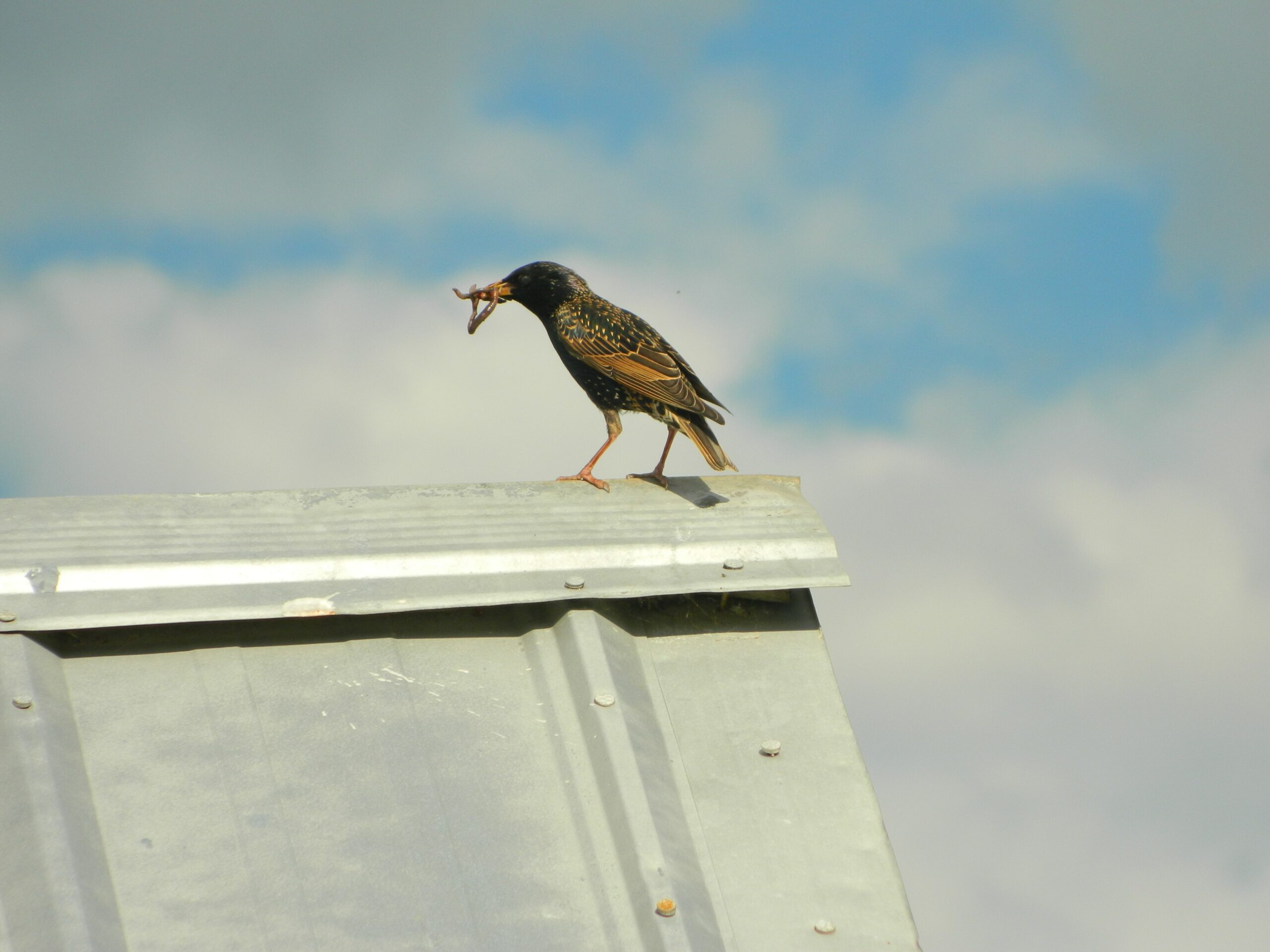When it comes to protecting your home, a metal roof is a wise investment. Renowned for its durability, longevity, and resistance to various weather conditions, metal roofs have gained popularity among homeowners.
However, even the toughest materials can be susceptible to damage, especially in severe weather events like hailstorms. In this blog post, we will explore the effects of hail on a metal roof and help you understand what hail damage looks like.
The Anatomy of a Metal Roof
Before we delve into identifying hail damage, it’s important to have a basic understanding of a typical metal roof. Metal roofs are typically made of steel, aluminum, or copper, known for their strength and ability to withstand harsh conditions. These roofs consist of interlocking panels or shingles, providing excellent protection against rain, wind, and other external factors.
Impact of Hail on Metal Roofs
Hailstorms can pose a significant threat to any roof, including those made of metal. Hailstones, ranging in size from small pebbles to golf balls or even larger, can cause varying degrees of damage depending on their size, density, and impact velocity. While metal roofs are generally more resilient than traditional roofing materials, they are not entirely impervious to hail damage.
Identifying Hail Damage
a. Dents and Dings: One of the most common signs of hail damage on a metal roof is the presence of dents or dings. Hailstones can leave visible depressions on the roof’s surface, disrupting the smooth appearance of the panels or shingles. These dents are often scattered randomly across the roof and may vary in size and depth, depending on the severity of the hailstorm.
Cracked or Chipped Paint
Hail impact can cause the paint or coating on a metal roof to crack or chip. If you notice exposed metal or areas where the paint has been compromised, it clearly indicates hail damage. The exposed metal is more susceptible to corrosion and should be addressed promptly to prevent further deterioration.
Granule Loss
Some metal roofs are designed with a protective layer of granules or coating, similar to asphalt shingles. In a severe hailstorm, the impact can dislodge or wear away these granules, exposing the bare metal underneath. This granule loss can be observed through visual inspection or by checking the gutters for an accumulation of granules.
Seam or Flashing Damage
Hailstorms can also cause damage to the seams, flashings, or joints of a metal roof. These areas are particularly vulnerable to hail impact due to their relatively weaker construction compared to the solid metal panels. Look for signs of separation, bent or distorted flashings, or loose seams, as these are indicators of hail damage.
The Importance of Professional Inspection:
While it is possible to identify some signs of hail damage visually, it is crucial to seek professional assistance for a comprehensive inspection. Qualified roofing contractors have the expertise and experience to assess the damage’s extent accurately. They can evaluate the roof’s structural integrity, identify hidden issues, and recommend appropriate repair or replacement options.
What’s Next?: How IronSite Can Assess Hail Damage to Your Roof
Hailstorms can threaten the integrity of a metal roof, but with timely intervention, the damage can be addressed effectively. Understanding the signs of hail damage, such as dents, cracked paint, granule loss, and compromised seams, empowers homeowners to take appropriate action.
Remember to consult with IronSite. As a professional roofing contractor, we thoroughly inspect and determine the best action to protect and preserve your valuable metal roof. Call IronSite to schedule n assessment today!

